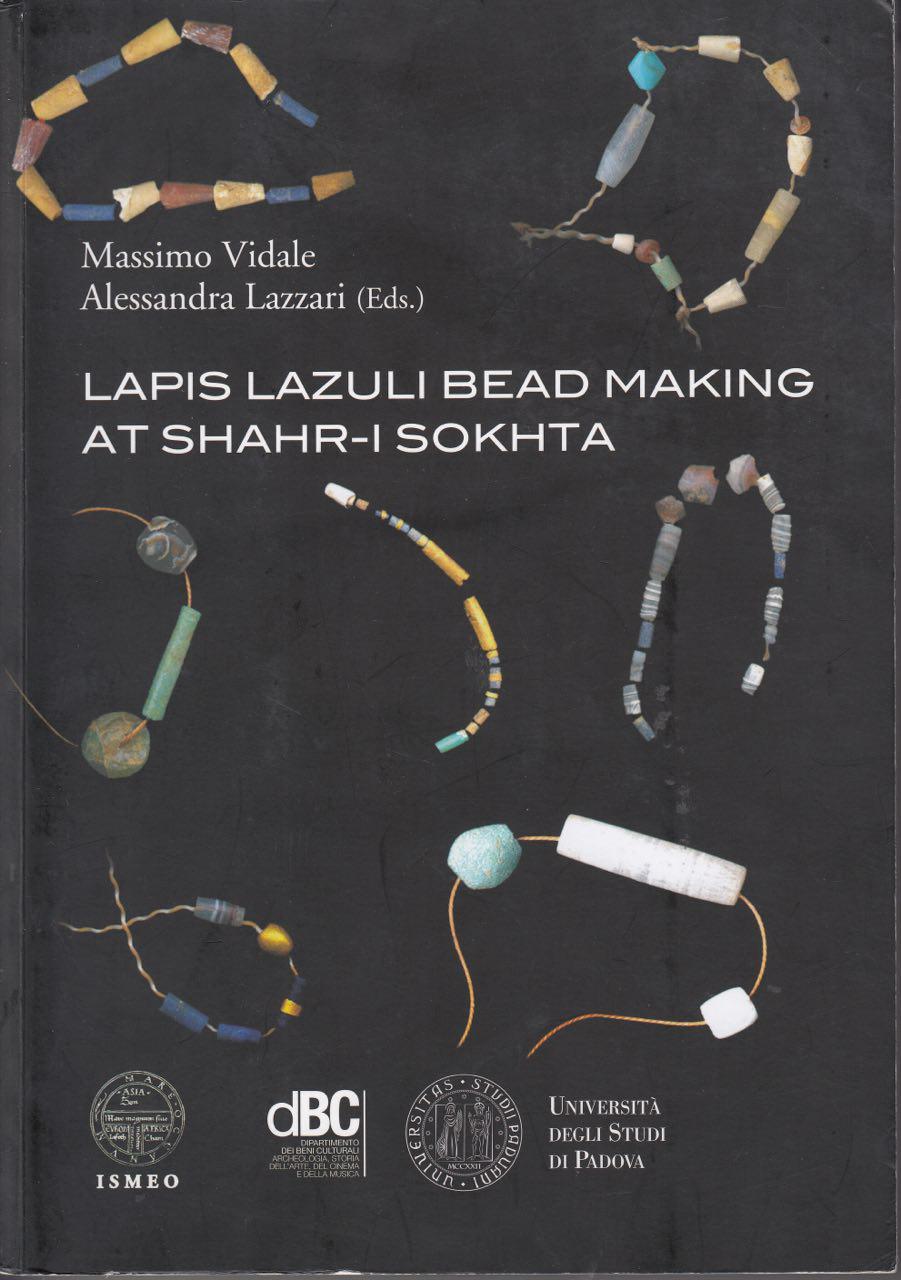
Lapis Lazuli Bead Making at Shahr-I Sokhta: Interpreting Craft Production in the Urban Community of the 3rd Millennium BC
By
Publisher ISMEO (Italian Institute for Middle and Far East)
Pub Date 2017
Pub Location IT
Isbn 0
Course(s)
Description
This book releases the obtained results from the excavation of the lapis lazuli workshops found at Shahr-i Sokhta of Iran’s Sistan (c. 2500 BCE), 50 years later. A careful reconstruction of the manufacturing sequence of lapis lazuli beads performed in this great Bronze age city, using up to dated scientific methods, can be associated with the parallel production of the flint drill heads used in perforating the beads. The results also question many accepted preconceptions on the ancient system of work in Bronze Age cities. In fact,
- the craftsmen were professionals with multiple, not just one, occupations who worked at the same time on artificial materials such as lapis lazuli, turquoise, flint, alabaster and copper;
- they camped freely among the ruins of the city, collected their food on the shores of the nearby lakes, and abstained from living in palaces and being in the pay of the elites;
- they were probably independent nomads moving along the Helmand valley for transhumance, and did not have a permanent living in the early urban context;
- they had discovered the technology of corundum-containing abrasives;
- and they worked for the elites that ruled the city, and not for the merchants and rulers of faraway Mesopotamia.
|